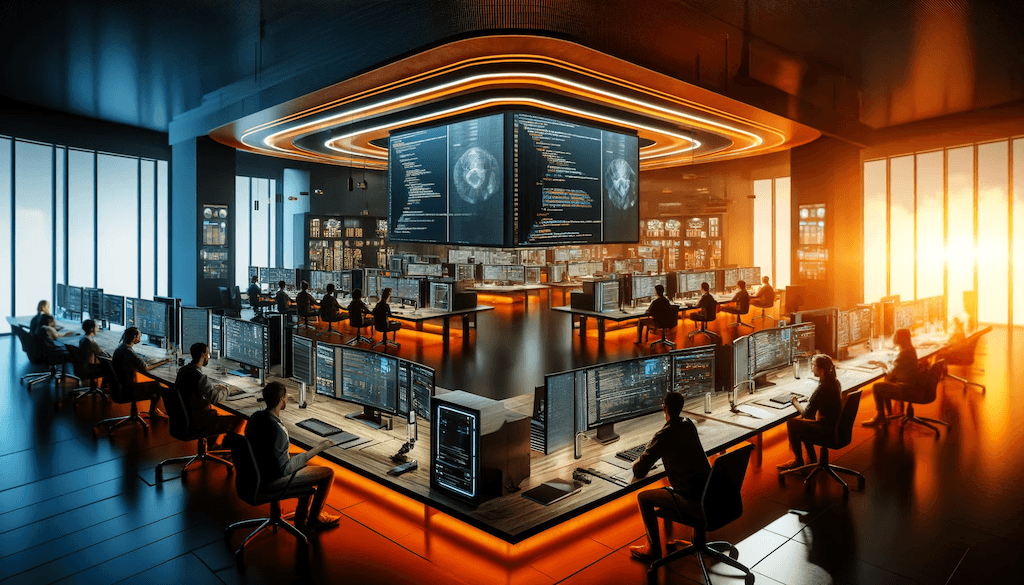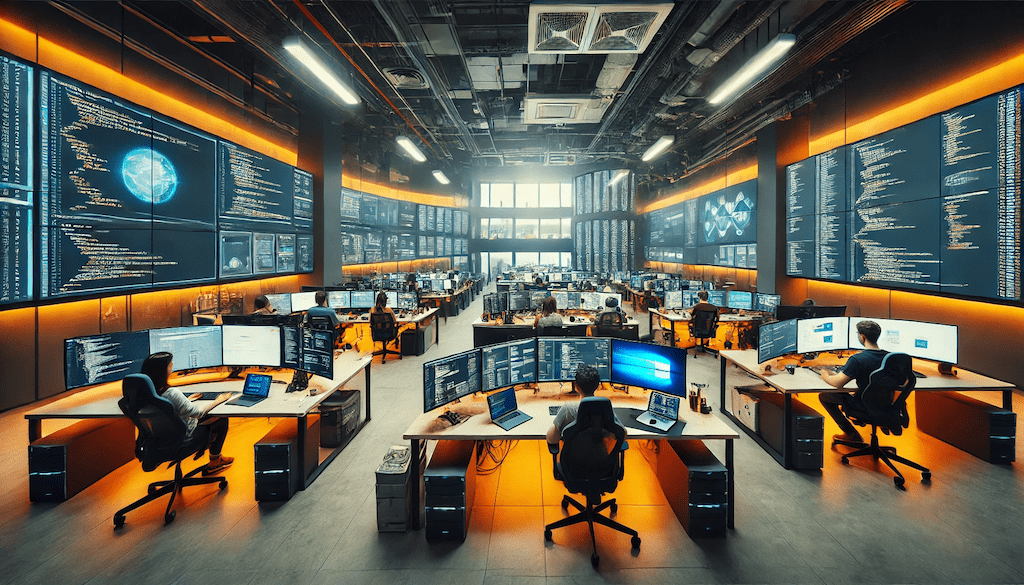
Revolutionizing Tech: The Future of Programming Environments
In an era where technology is advancing at an unprecedented rate, the design and functionality of programming environments are crucial for driving innovation. As we explore the trends of 2024, it becomes clear that the most effective workspaces are those that not only embrace cutting-edge technology but also foster collaboration and creativity among developers. Here’s how modern tech and programming workspaces are shaping the future:
1. Ergonomic and Modular Design: The physical layout of tech workspaces is evolving to be more ergonomic and modular. This allows for a customizable setup that can adapt to the specific needs of each developer, enhancing productivity and reducing fatigue.
2. Integration of Advanced Technologies: From high-resolution monitors to state-of-the-art coding tools, the integration of advanced technologies is critical. These tools enhance coding efficiency and precision, allowing developers to focus more on creative solutions rather than mundane tasks.
3. Collaborative Spaces: Encouraging collaboration is key in modern programming environments. Spaces designed for teamwork enable developers to easily share ideas and innovate collectively, leading to more robust and creative software solutions.
4. Green Tech Spaces: Sustainability is becoming increasingly important. Modern workspaces are incorporating green technologies and practices, reducing the carbon footprint and promoting a healthier working environment.
5. Smart Office Features: Automation and smart office features are being integrated into tech workspaces. Automated lighting, climate control, and even adjustable desks are becoming standard, creating an optimal working environment for tech professionals.
6. Remote Connectivity: As remote work continues to be prevalent, tech workspaces are designed with high-quality video conferencing and remote collaboration tools that ensure seamless communication and integration with remote team members.
By understanding and implementing these key features, tech companies are creating environments that not only meet the current demands of the industry but also anticipate future needs. These workspaces are not just places to work; they are incubators for the next generation of technology innovations.
